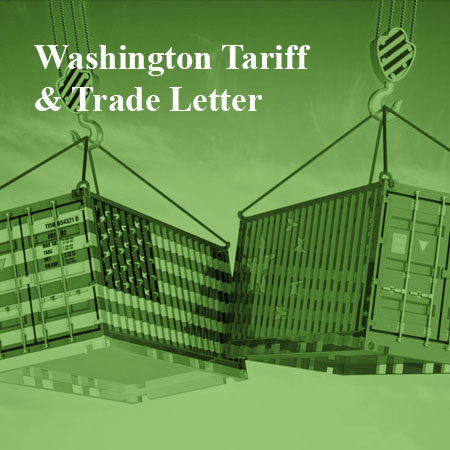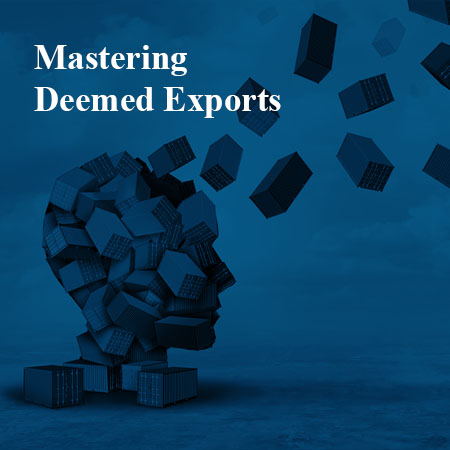Export Compliance Program Introduction
July 8, 2021
(The Exporting Source)
by Blake Gill *
So, you were voluntold into a position of
export compliance? Don’t worry, this is a
path that many individuals are forced into.
Some even embrace the challenge and turn the
new assignment into a prosperous career. After
all, it’s not every day a child tells their
parents they want to be a trade compliance
professional!
When beginning a trade compliance department,
the first step should be to develop an Export
Compliance Program or ECP. This program should
contain certain elements and establish how an
organization operates in accordance with the
Export Administration Regulations (EAR). Since
every company is different, no two ECPs will be
exactly alike. Some ECPs will be more involved
and robust while others may be more
concentrated and focused on fewer elements.
Some of the foundational ECP elements are management
commitment, risk assessment, export
authorization, recordkeeping, training, audits,
handling potential violations and associated
corrective actions, and finally building and
maintaining your ECP. These elements are not
an exhaustive list and the final ECP will
depend on your organization’s specific
needs.
Now that we have established some fundamental
elements that make up an ECP, we can begin to
think about some factors that dictate your
organization’s specific needs. How large is
your organization? If the organization is
larger and well established it is beneficial to
involve other departments in creating the ECP,
such as the quality control department. What
is the organization’s strategic nature? If
one company manufactures hardware and another
creates software, these two companies will
likely have very different looking ECPs. What
is the geographic location of the organization
and who are the end customers? A company that
is headquartered in the U.S. and only sells to
U.S. companies will have different needs from
an international company with offices around
the world. What is the volume of exports that
your organization participates in? A larger
volume of exports will increase an
organization’s risk, resulting in a different
strategy and ECP than an organization with
lower volume and lower risk. What is the
complexity of the internal export processes?
Different departments all being involved in the
export process will drastically change an ECP
versus an organization that has a single
department handle exports through the entire
process, from order intake to license
determination and shipping.
Now that we have established the basic
understanding of what an ECP is and its
purpose, we will do a deep dive into each of
the elements. Stay tuned for our review of
each element and how to best approach them!
* Blake Gill is an experienced International Trade Compliance professional with a demonstrated history of work in the technology industry. He has many years of experience working with export control, customer screening and item classification over a wide variety of products. Additionally, Blake has performed the duties of Empowered Official at multiple international companies.
Welcome to the Exporting Source
Your one-stop resource for finding help to export to new customers, to learn about government export programs, to join export-promoting trade missions, to sign up for trade conferences and training, and to link to other exporting services. Whether you're an old hand at exporting or just getting started, the Exporting Source provides a place to locate foreign customers, export financing and foreign investment assistance.

The Export Practitioner
Providing readers with expert reports on changes to U.S. export licensing rules, enforcement policies and regulations for defense and dual-use products and technology.

Washington Tariff & Trade Letter
Providing exclusive, behind-the-scenes news and analysis every week of U.S. trade policies, regulations and legislation, export controls, trade sanctions, and enforcement of antidumping and countervailing duty laws.

Mastering Deemed Exports
An invaluable video training tool that helps exporters, universities and research laboratories alert all employees to the potential fines and legal sanctions that can come from violating EAR and ITAR restrictions on giving certain foreign nationals access to controlled U.S. technology.